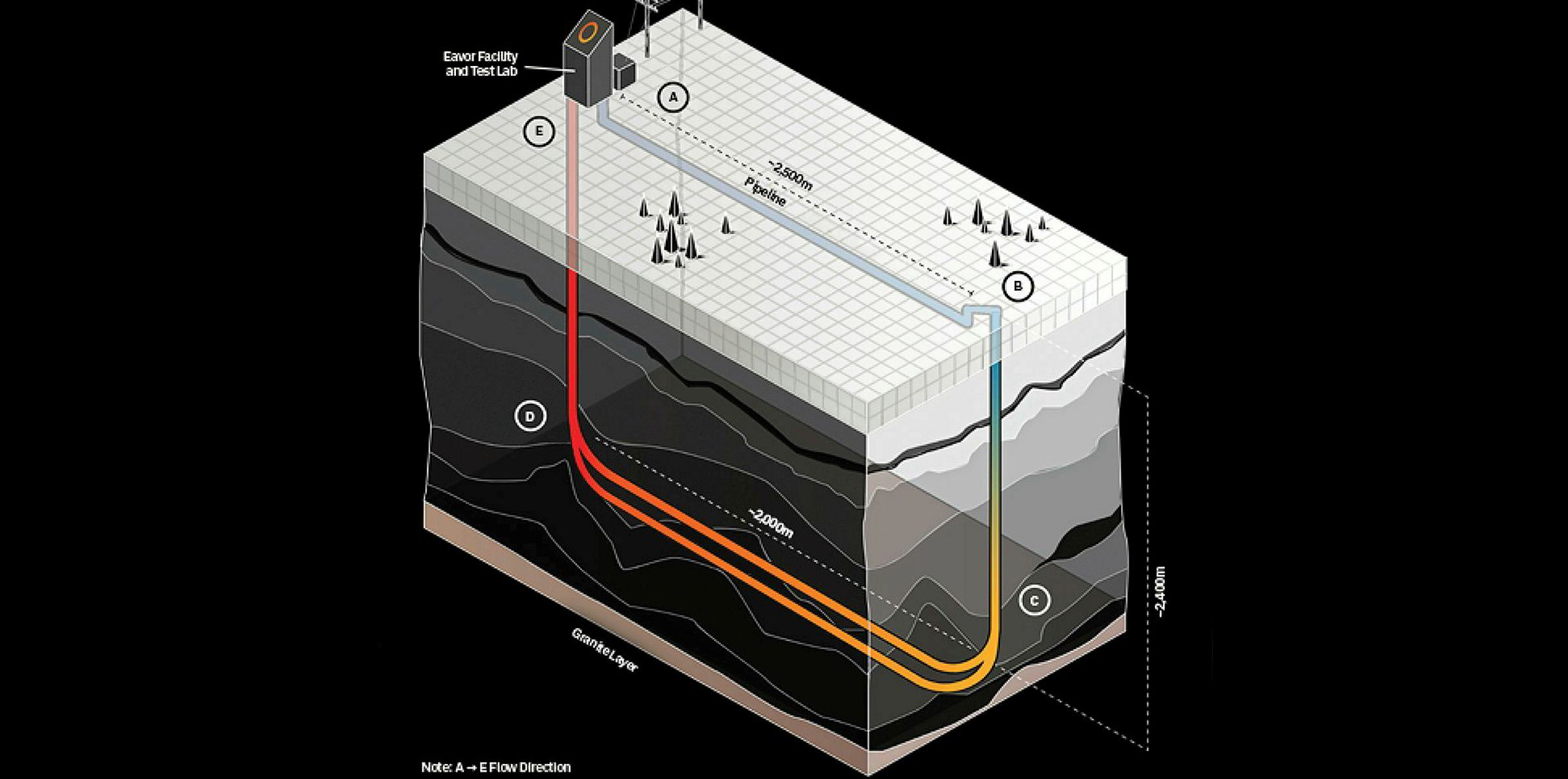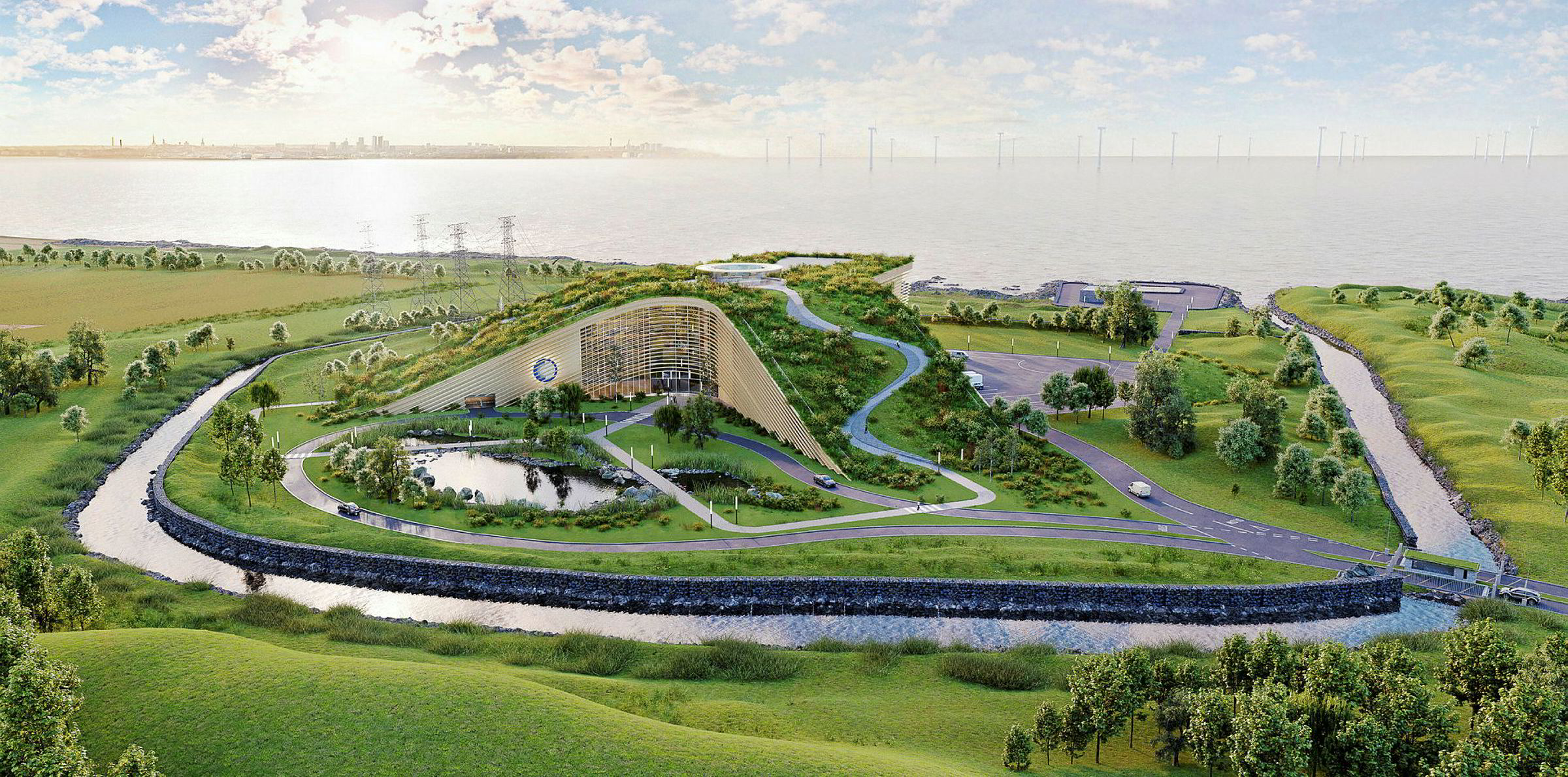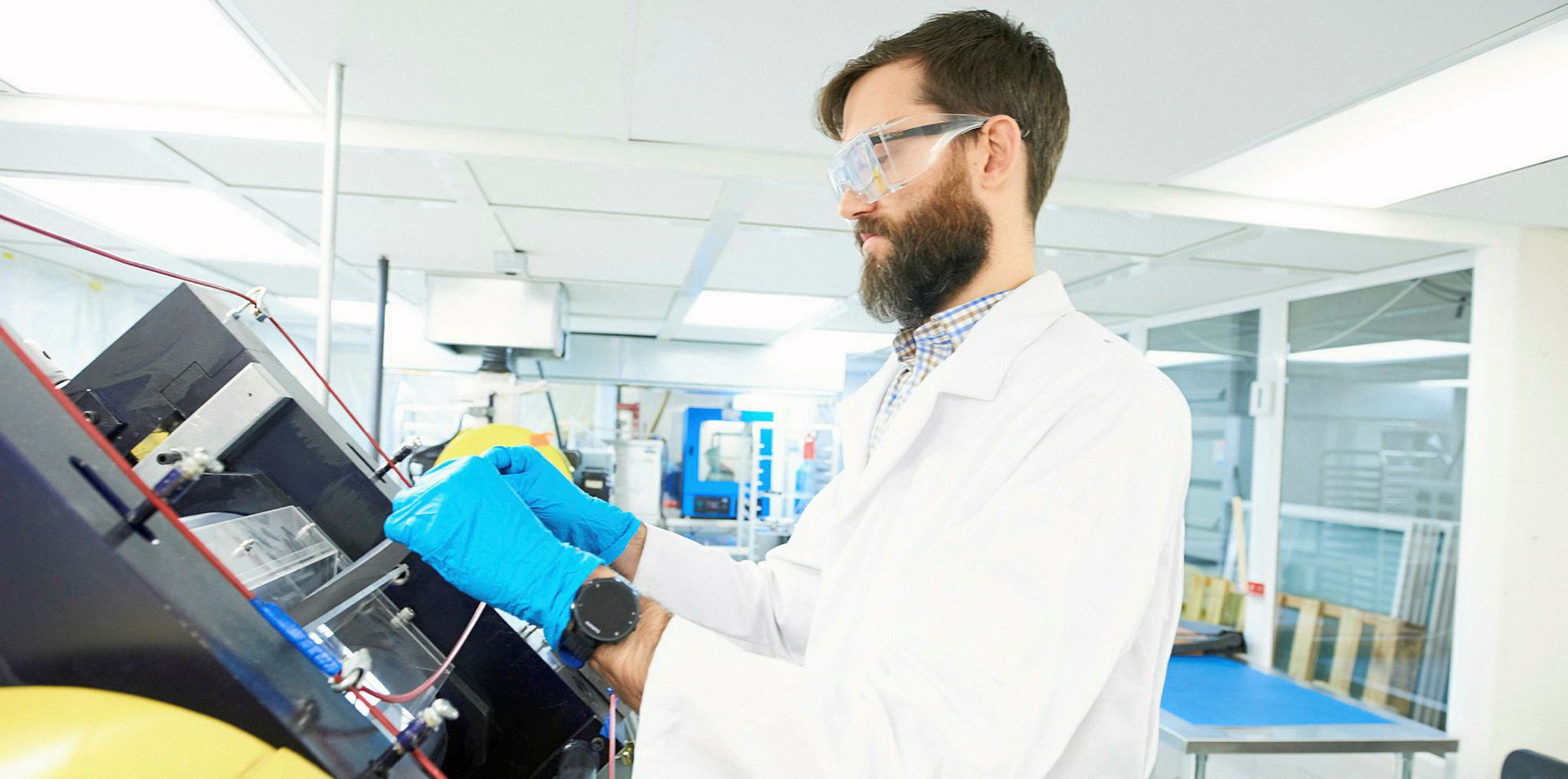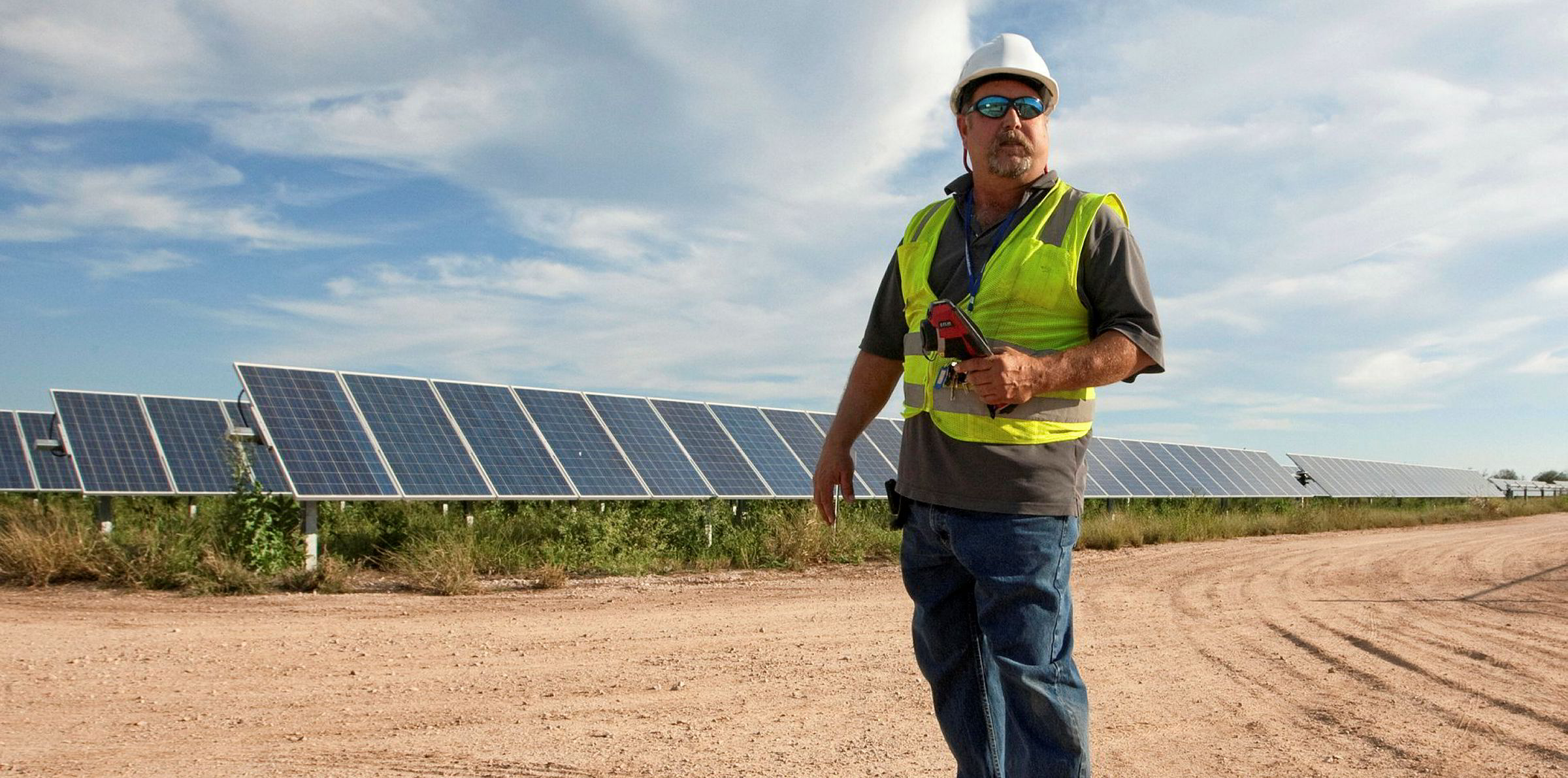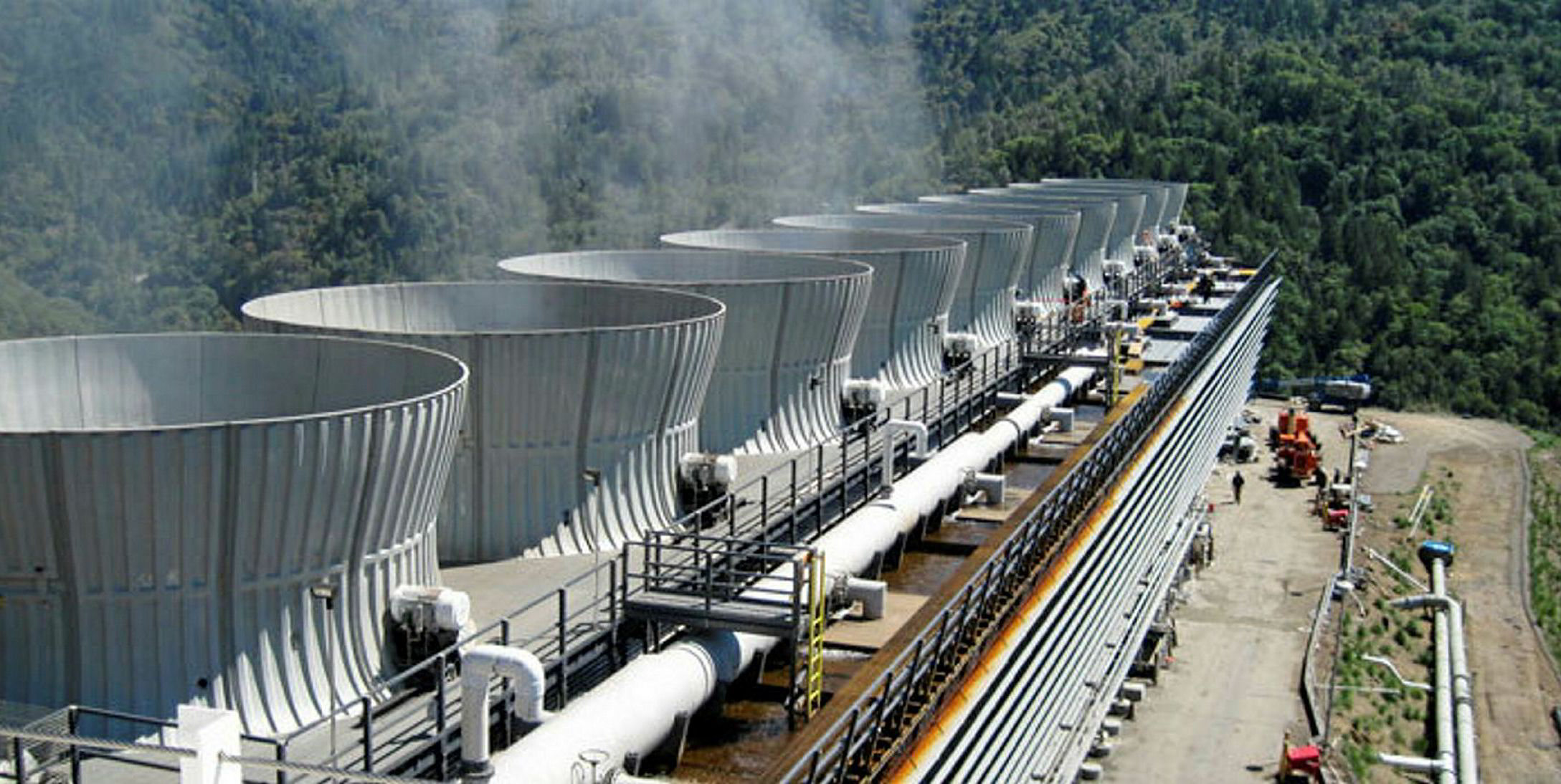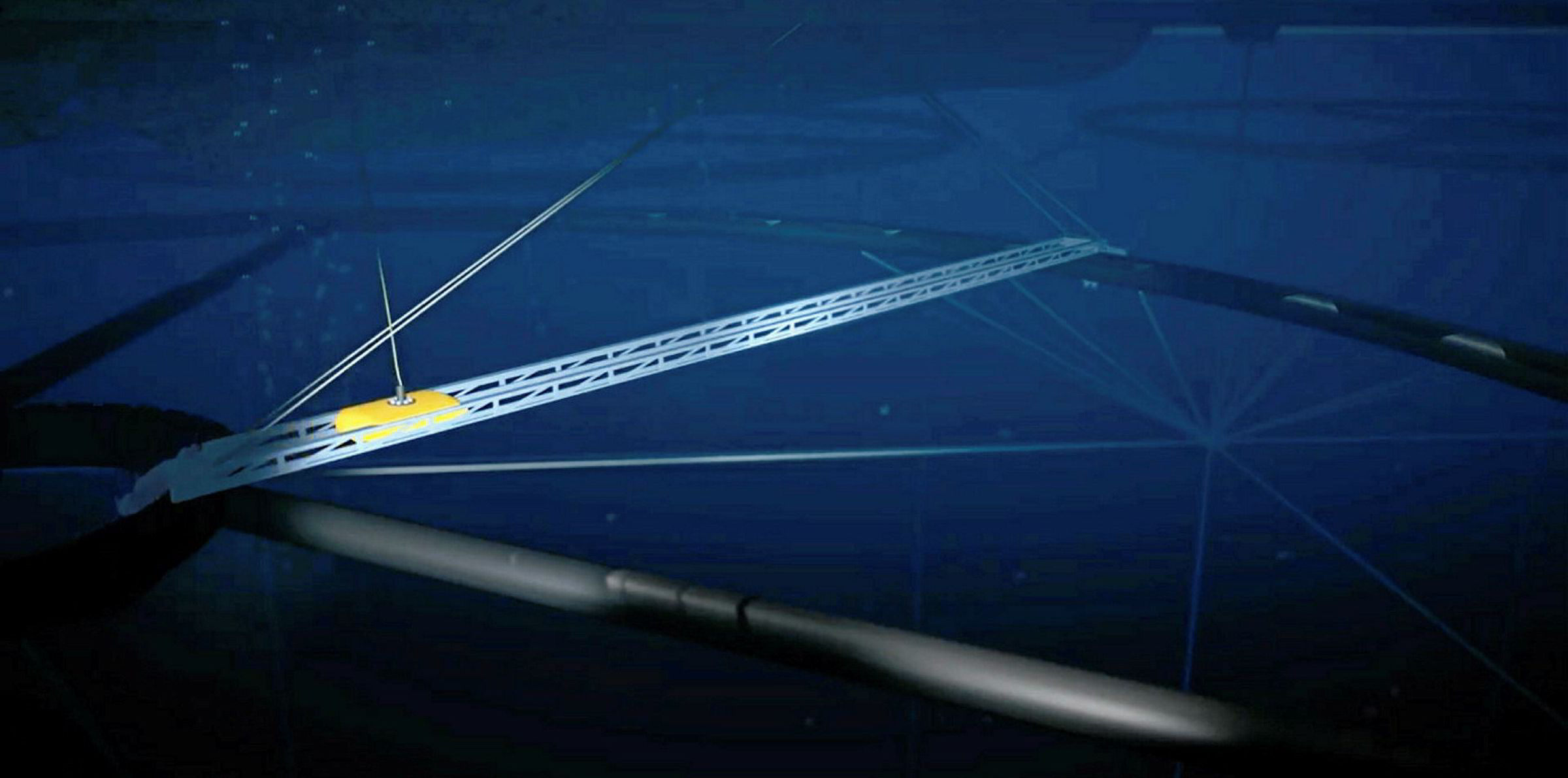The holy grail of the energy sector has long been to produce endless electricity through nuclear fusion, effectively harnessing the power of the Sun here on Earth.
But while nuclear fusion always seems 20-30 years away, similar results can be achieved with existing technology by harnessing the heat emanating from the Earth’s 6,000°C molten core, according to a Canadian start-up.
Eavor (pronounced ‘ever’) believes it will be able to provide gigawatts of baseload and dispatchable renewable energy anywhere in the world for less than $50/MWh by the end of the decade, making its technology cost-competitive with natural gas and coal. And it has already proven its concepts in a pilot project, Eavor-Lite, that has been operating in Alberta, Canada, since last December.
The three-year-old company’s Eavor-Loop solution might sound like pie in the sky — chief executive John Redfern tells Recharge he initially thought it was “the dumbest idea I’d ever heard” (see panel below) — but it is a remarkably simple concept.
Drill a deep hole anywhere on the planet and the temperature will rise about 30°C every kilometre down. In certain volcanic hotspots, temperature gradients reach 60°C or more per kilometre. So drill to a depth of 3-5km — as the oil & gas industry sometimes does — and the temperature of the rock will potentially be hundreds of degrees Celsius. Water poured into such a hole, or produced from that hole, would immediately turn to steam — a resource that can turn electricity-generating turbines.
Now what if the hole wasn’t a hole, but a closed loop in which cold water — or a similarly behaving working fluid — travels down a 3-5km pipe, then underground horizontally for a few kilometres, up another pipe and along the surface back to the start?
Not only would such a loop generate constant energy, but the cycle would essentially power itself due to thermodynamics. As cold water is denser than hot water, it effectively pushes hot water towards the surface. In a pressurised self-contained loop where cold water is constantly heated underground and the heat is extracted at the surface via off-the-shelf organic Rankine cycle turbines, the liquid will constantly circulate without the need for a pump — a phenomenon known as a thermosiphon.
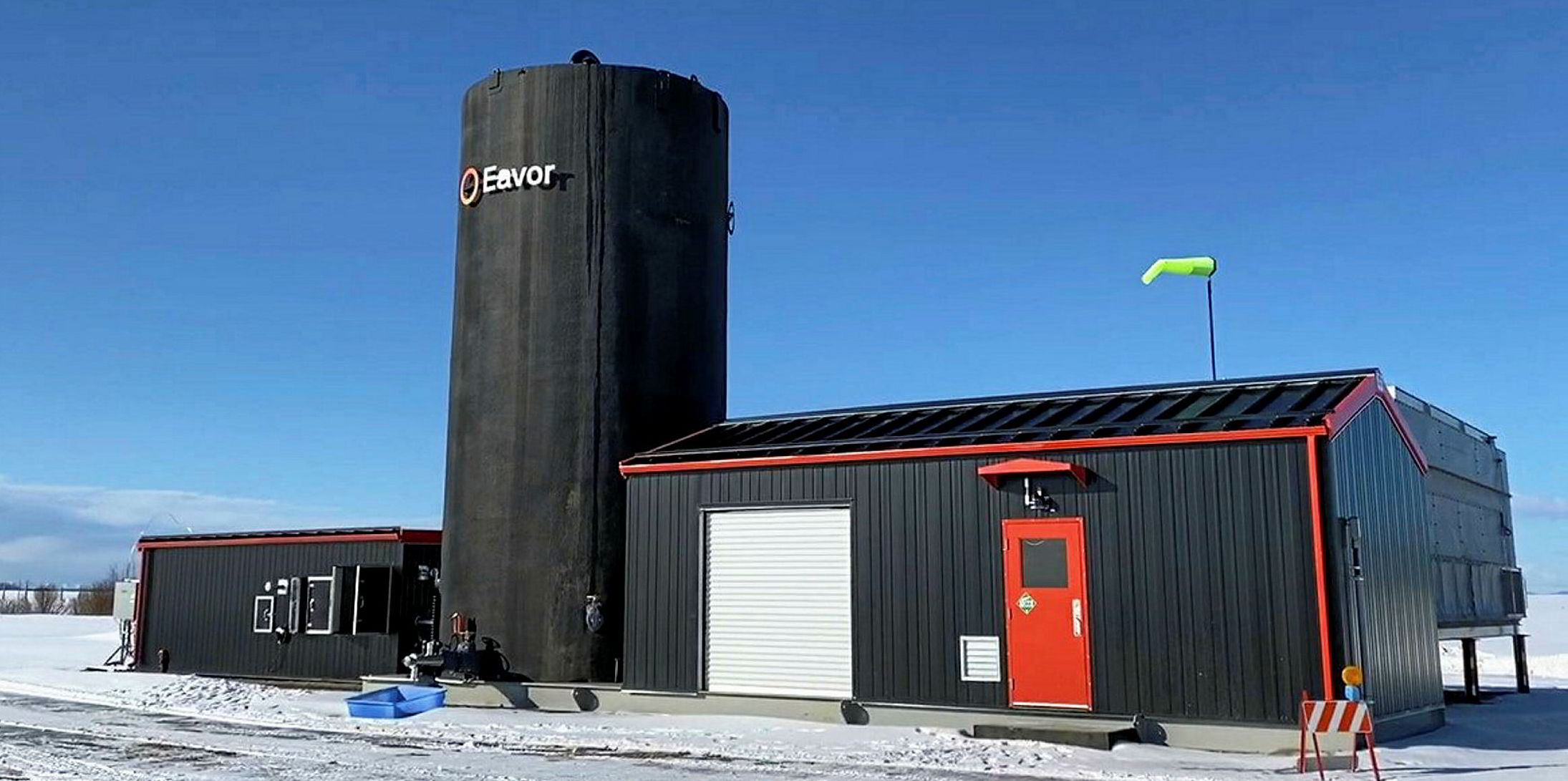
“We know this thermosiphon works, it’s classical thermodynamics,” Redfern tells Recharge. “But for many it seemed somewhat counterintuitive as if it’s some sort of perpetual motion machine.”
Adjusting the pressure inside the loop using a valve on the surface can change the speed of the cycle, and thus raise or lower the electricity output, converting a baseload system into a dispatchable one that is able to generate energy on demand, according to the power and balancing needs of the local grid.
Eavor says it can build self-contained, scalable Eavor-Loops using tried and tested drilling techniques from the oil & gas sector — alongside some of its own patented or patent-pending innovations — to enable endless renewable energy from the Earth at market-competitive prices.
The technology is now ready for commercial deployment, says Redfern, who adds it has already attracted the attention of governments, oil companies and municipalities around the world.
“The fact that of all the green scalable solutions, it's the only dispatchable one means that it's pretty hard to imagine a future where it wouldn’t make sense for at least a good segment of [future] power to come from this [technology], the same way you'd expect wind, solar and gas and storage to be part of it.
“It can certainly play a key role [in the energy transition].”
Michael Liebreich, the founder of Bloomberg New Energy Finance, who is chairman of Eavor's advisory board, tells Recharge: “It would be as pretty damn close to the holy grail as you can get… if it can be done at an affordable price.
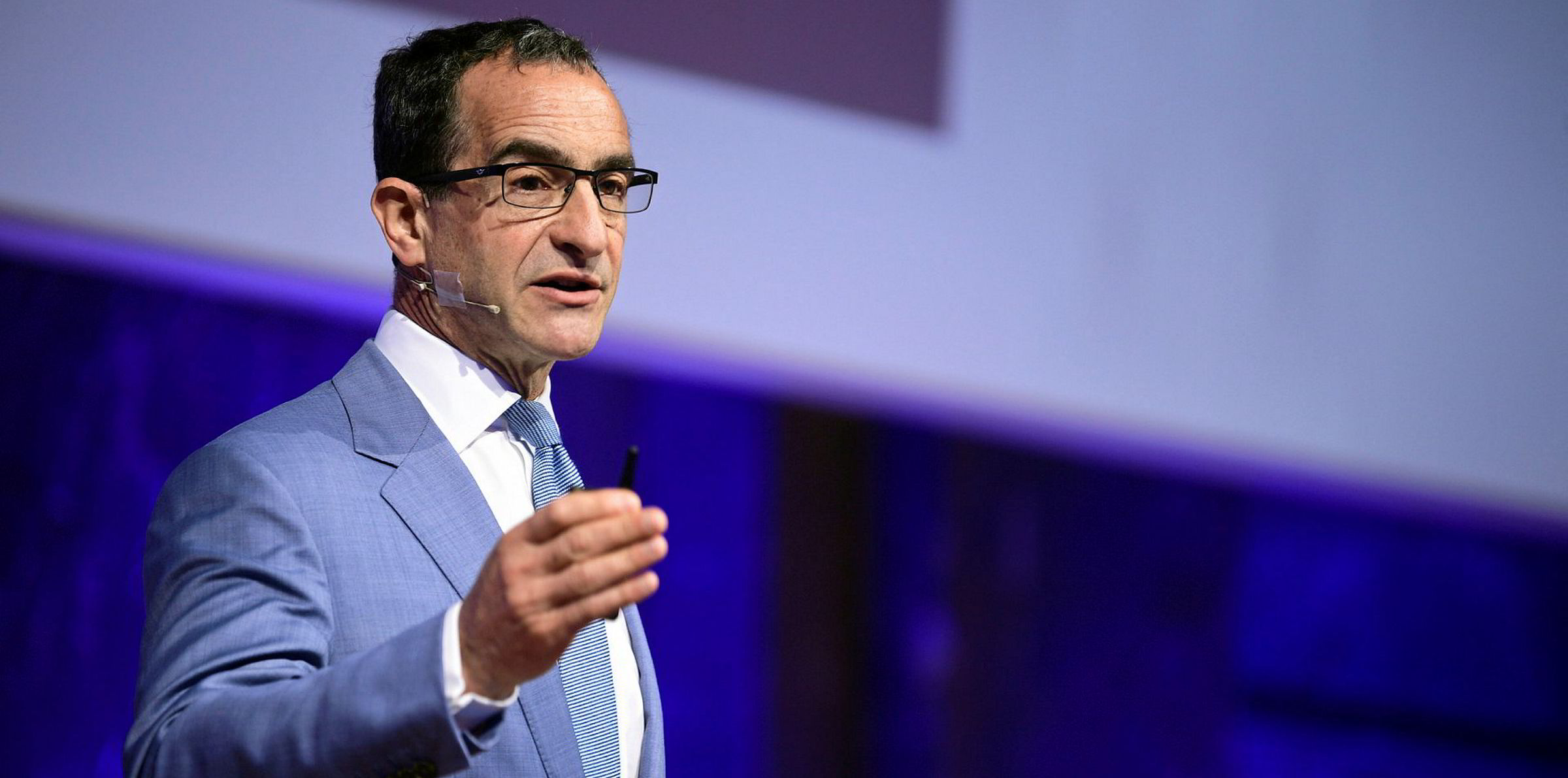
“Affordable clean load-following power is the missing link in lots of markets. It has the potential to change the world.”
First commercial projects
Redfern says the venture-capital-backed company is pursuing multiple opportunities around the world and is hoping to reach a final investment decision on its first commercial projects next year.
“One of the things we’ve focused on are failed geothermal projects,” he explains. “So all around the world, you have traditional geothermal projects where they spent a lot of money, got all the offtake [agreements] signed up, got the drilling pad set up, got all the regulatory approvals and everything else set up and have investigated all the geology, and then they've gone down and drilled and found a hot but dry well, which doesn’t’ work with traditional geothermal techniques.
“So these things are great headstarts for us, because what we're really trying to do is to circumvent the slowness of geothermal, which can often take five to 10 years to do one project. We're trying to speed that up by taking out all the exploration risk, all the exploratory phase, and just turning it into this repeatable manufacturing process where we can just do one loop after another.
“Our goal is to have identified 200 different prospects or projects — in various states of readiness — in our worldwide pipeline by the end of the year.”
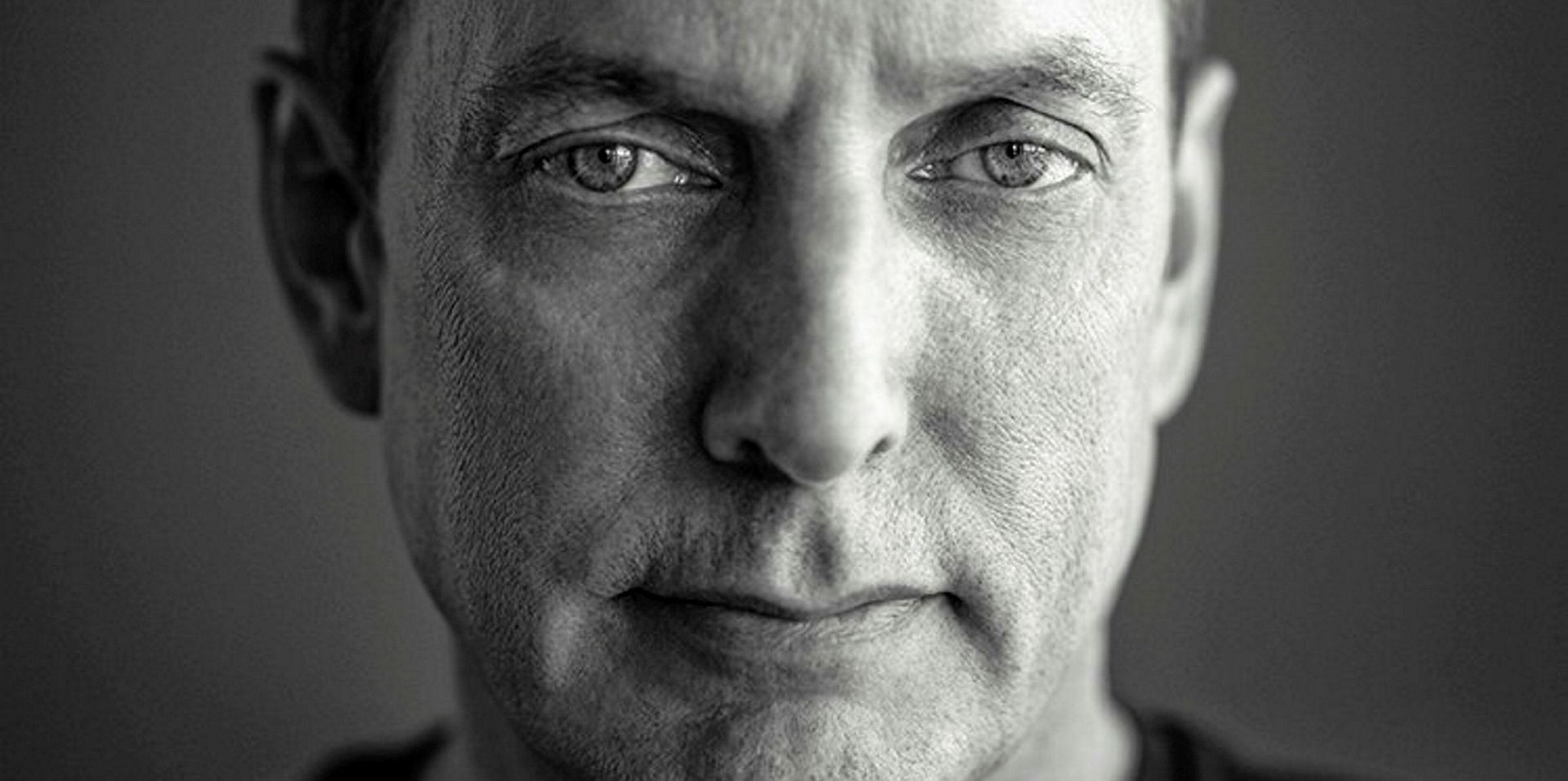
Eavor is concentrating its efforts in Germany, Japan, Italy and island markets, which all pay high prices for dispatchable geothermal electricity, as well as France and the Netherlands for dispatchable heat for district heating.
“Those are all at prices that even at our current high costs, before we go down the learning curve, we can still make money. And there's almost an unlimited demand [for clean dispatchable energy] in these countries, especially as they try to phase out of coal and nuclear and find it very difficult to do so.”
In Germany, for instance, Eavor is working with geothermal developer Enex to utilise the latter’s existing geothermal licensing on projects that would receive more than €200 ($236) per MWh for 20 years under the country’s Renewable Energy Sources Act.
“The idea is to focus on those areas and do a lot of commercial implementation and drive that cost curve down to where we're grid competitive in Nevada or places like that, where we can match the price of either natural gas and/or solar plus a lot of batteries.”
He says he expects Eavor to be able to beat solar plus battery on cost within “two or three years”, and the company’s medium-term goal is to supply enough heat and/or electricity to power ten million homes in the coming decade.
“The advantage of this [technology] is that’s it’s distributable and benign enough that you can co-locate it close to centres of demand,” explains Redfern. “The energy market is not just about LCOE [levelised cost of energy], it’s also things like the surface footprint.
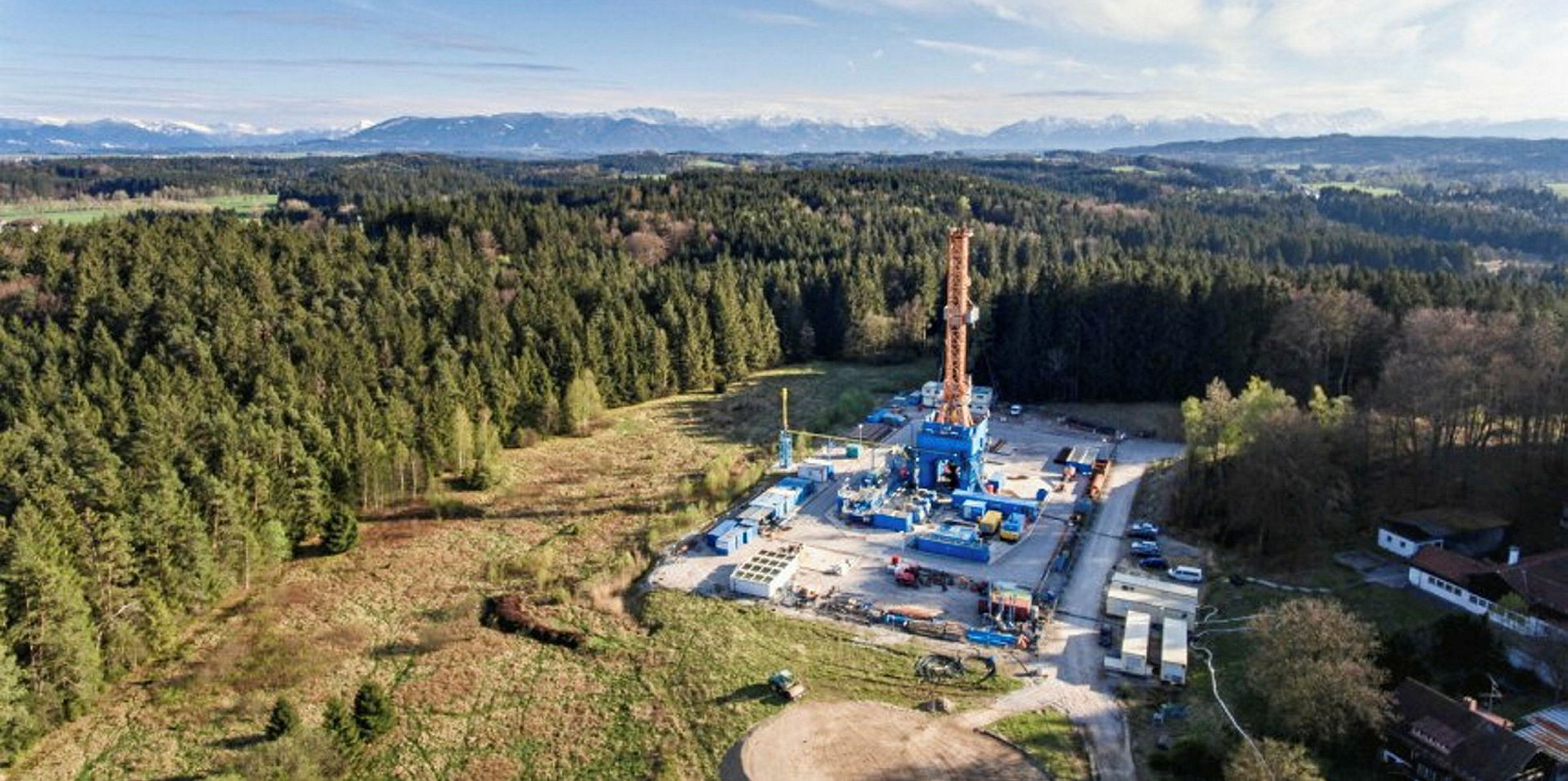
“In Hawaii, do you really want to cover Maui with wind turbines and solar panels? No, you don’t — the whole point of going there is to see the natural beauty. Whether it’s a Hawaii-type situation or a Singapore-type situation where you just don’t have room [for wind turbines or solar panels], you can put in an Eavor-Loop. Eavor-Loops are buried mainly underground with a tiny surface footprint.”
Oil drilling technology repurposed
Redfern says Eavor’s projects are highly scaleable and could range anywhere from a few megawatts to several gigawatts.
“We picked up some land in Nevada, which is enough — assuming we can get the price down and get the offtakes set up — to be 3GW all in one area.”
In simple terms, the output of a project can be increased by connecting multiple parallel horizontal wells — or multilaterals — to the up- and downpipes, creating a giant underground radiator, as well as increasing the size of the ORC on the surface.
“Power output is anywhere between 3MW and 8MW for one Eavor-Loop [with 8-12 multilaterals for a single loop], but you can actually stack up more of these Eavor-Loops in pretty tight formation… and we can drill a lot of them from the same drill path. We could have projects where we have the drilling rig, basically sit in one close area for five years, doing nothing but drilling. With ten multilaterals that go out several kilometres and come back several kilometres, that could be 50km of drilling right there for one Eavor-Loop. But you could have ten Eavor-Loops from the same drilling location.”
The Eavor-Loop system, notes Redfern, has only become viable due to recent technological advances in the oil & gas sector.
“Horizontal drilling has been around for years, but if we had thought of our solution five to ten years ago, it wouldn’t have helped. Drilling has improved so much since then. Not in only their ability to control the direction and everything else, but just in the speed and cheapness with which they can do it. You know, when they started producing shale gas, some of those early [horizontal] wells they drilled would take three months. Now they're drilling them in eight days.
“There’s been an equally rapid reduction in drilling costs as there has been in PV cells and wind turbines, which has made what we're talking about, which is a hell of a lot of drilling, actually economic once you combine it with our innovations.”
Even drilling horizontally for 5km or more has already been done in the oil & gas sector, he says, but adds that no-one had previously connected horizontal eight-inch boreholes “toe to toe” from wells that started several kilometres apart, mainly because there was no reason to do so.
The magnetic ranging technology that makes this possible was traditionally used by oil & gas companies to avoid running into other boreholes.
“As long as we’re within 130 metres of the other well, we can pick it up on this magnetic ranging technology, and then we fine-tune the direction for the last little bit prior to intersection.”
Eavor-Loop 2.0 and beyond
At the moment, Eavor-Loops could be built in a sufficiently deep sedimentary basin anywhere in the world, but the company is collaborating with France’s Drillstar on a “percussion hammer” drilling technology that would enable kilometres-deep boreholes to be dug in harder igneous rock and at greater depths with hotter temperatures.
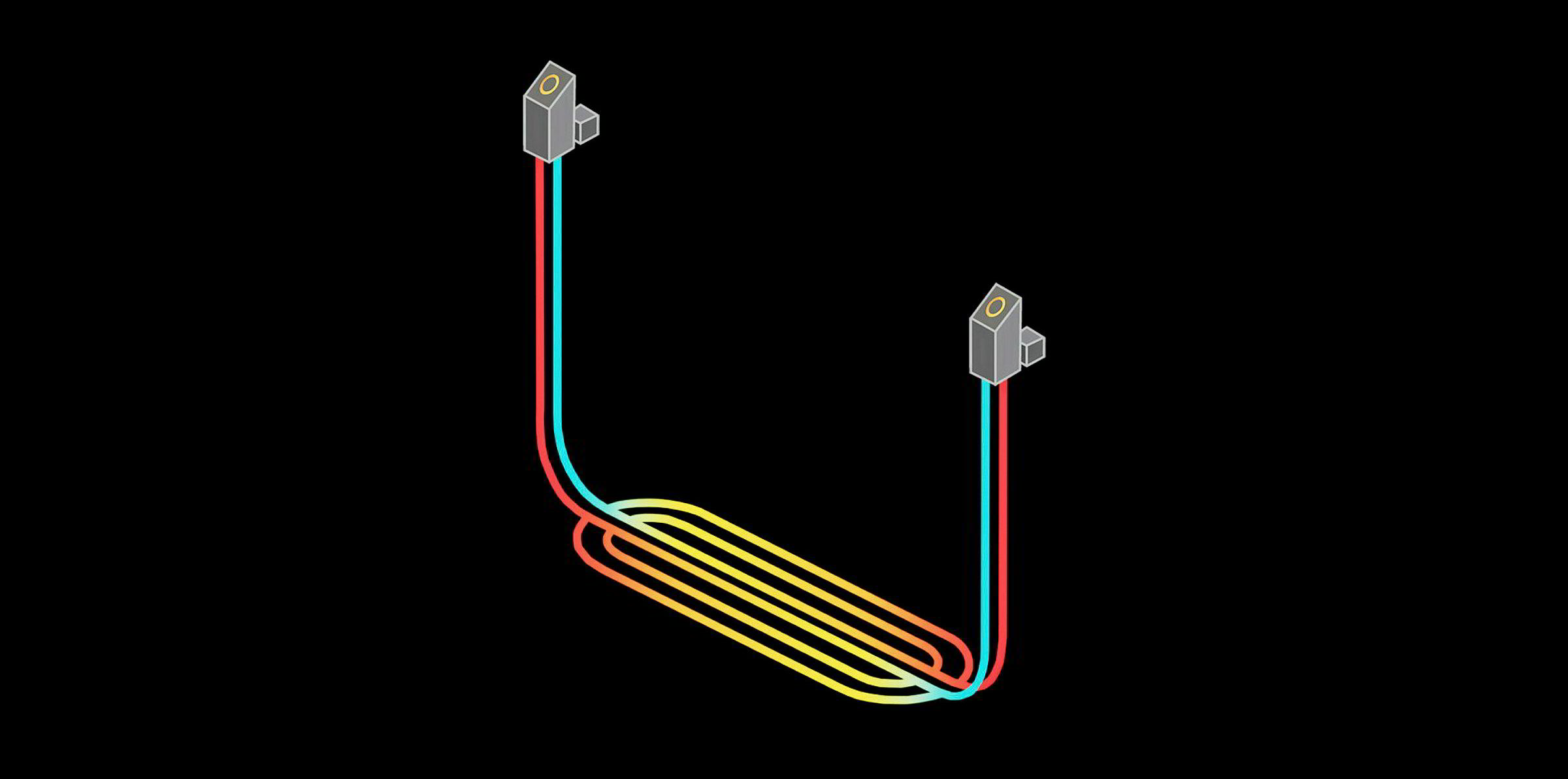
“What's interesting about this is it's technology that the traditional oil and gas industry invested a lot of money in. There was about ten of these different [hard-rock drilling technology] projects around the world. This one was funded by Total among others, but many of these hard-rock drilling technologies got dropped when the oil & gas world turned to focus on shale [which is a very soft sedimentary rock].
“We’ve been testing it up in Norway in nice hard gneiss, which is basically granite. And we're very encouraged with the rates of penetration we are achieving. There's another secret sauce element to it that is still confidential, but basically the combination of the two things are going to allow us to go deeper, and hence hotter, practically anywhere.”
On top of this, the company recently came up with an Eavor Loop design that only requires one above-ground site, rather than the two envisaged in the original “daisychain” Eavor-Loop 1.0, and so avoids the need for a second site the right distance away.
“We’ve always kept the daisychain configuration as the public vision because it’s easy to explain. But what we’re actually doing in practically all the commercial proposals is to do something we call the James Joyce design — we called it that because we came up with it at the James Joyce pub.
“It’s like having the daisychain [design] folded in half, so that you're drilling the up and the down well from the same drilling pad, sort of like two pitchforks doing along and then they meet at the tips.”
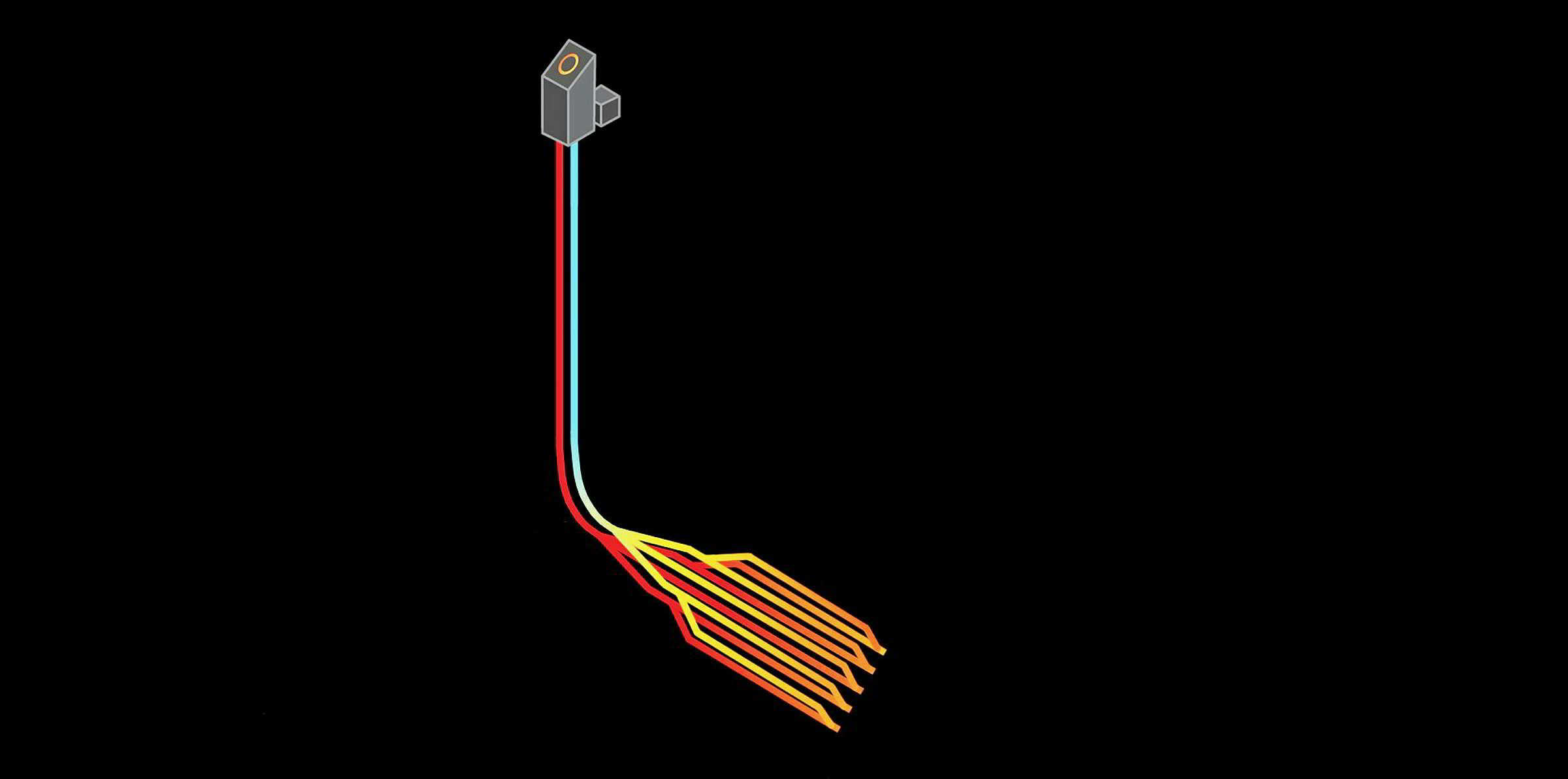
Redfern explains that this process looks more complicated, but is actually easier to drill than a daisychain.
“If you remember what I said about the magnetic ranging, these two wells can go down close together, and we will always know where the other well is. It's not like coming at it blind toe to toe where you only ‘see’ the other well at the last moment.
“When you're in sedimentary basins, you generally drill the horizontal section to stay in [the sedimentary rock] formation. But once we are in the igneous basement rock, once we get down to the multilateral section, why go horizontally? You might as well go the same distance and go deeper because that's hotter and more efficient.”
And if you’re wondering if such techniques could cause earthquakes like fracking sometimes has, this is extremely unlikely, says Redfern. Fracking, he points out, is “essentially forcing water down the well at such high pressure that three kilometres down it's actually breaking the rocks apart” and at the same time sand is flushed through to keep the cracks open enough to allow oil or gas to flow out. This is very different to drilling eight-inch boreholes that are hermetically sealed with Eavor’s patented rock-pipe technology, which permeates into the rock and solidifies in the pore spaces (without the need for traditional steel casing).
“It doesn't cause earthquakes, doesn't contaminate the groundwater, there's no CO2 emissions whatsoever or methane emissions,” says Redfern.
An opportunity for the oil & gas sector?
In the early days of Eavor, “one of the things that was a mystery to us were the oil & gas companies. We always thought the industry is looking to transition. Here's a green solution that ostensibly is based on all their skillsets. Why the hell wouldn't they be interested?’ And in fact, initially none of them were — they'd all written off [geothermal] five to 10 years before. And the reason was because none of them found it to be scalable.
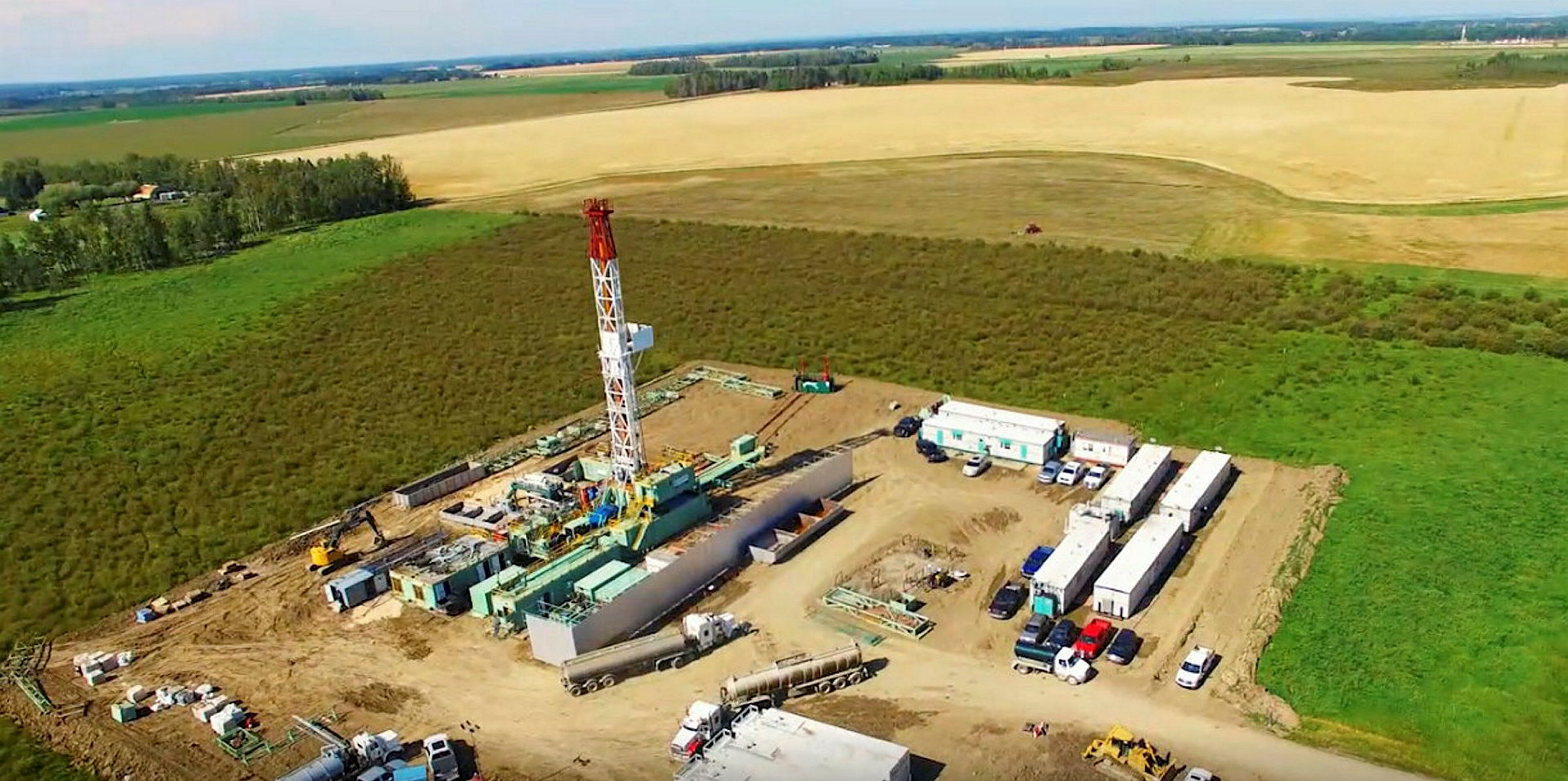
“But now they’re starting to get interested in it. The other people who are interested in it are the political class because what is one of the big difficulties of the energy transition? It's what do you do with all the skills and assets and knowhow that is there in the oil & gas industry?
“You can't tell everyone to go and install solar panels, that doesn't work, that doesn't support the standard of living that they're used to. So in places like Texas and Alberta, of course there has been some resistance — no one wants to be a turkey voting for Christmas.
“But this gives them this window where the very skills they've honed in oil & gas, those drilling rigs and geological knowledge, the ability to do a lot of these subsurface resource plays at scale, all these types of skills and assets can potentially be redeployed on this. It's the one green technology that North America could actually lead the world in. So, you know, how is that not political catnip?”
Potential perils and pitfalls
Despite all the benefits of the Eavor-Loop solution, there is no guarantee that it will be a commercial success and change the world.
As Redfern points out, somewhat modestly: “ All we've really proven is how to create really clean but expensive electricity and heat.”
“The downside is the inertia of any new technology, the first iterations of it. As I say, we can still make money in Europe and places like that, but it's expensive, it's capital intensive, it's a start-up, and it needs some commitment from major players and politicians… to push this through — like how wind and solar was not competitive at all when it started.
“But you get innovation through implementation. There's no reason that the future I've painted couldn't happen over the next few years. The challenge it to not get lost in the current struggle for market share between oil & gas on one side and wind and solar on the other. We need to get recognition of our third way, which combines some of the benefits of both.”
Liebreich says that while achieving a levelised cost of energy of $50/MWh by the end of the decade is “credible” and would be a “game-changer”, he is fully aware that this is far from guaranteed.
“There is still stuff that could go wrong. Initial projects might not go to plan,” he says. “There is a lot of drilling involved — if it proves more expensive than expected, or takes longer, that could frighten off investors. You need a low cost of capital; even the perception of risk is dangerous.”
Liebreich believes Eavor will succeed if it can prove its technology in three “modes”.
“There are three different types of electrical grid where Eavor’s economics should be attractive,” he says. “First, anywhere with a high enough feed-in tariff [such as the aforementioned project with Enex in Germany]; secondly, islands and city-states, where electricity prices are typically high, and there is not enough land to do wind and solar; and third, those with power markets that place a value on load-following capacity and ancillary services. And of course, we must not forget that Eavor can also produce heat for industry or district heating.
“I would love to see Eavor prove itself in each of these modes over the coming few years.”
Another danger for Eavor is that a bigger company will try to mine heat from the ground in a similar fashion.
“We have no monopoly on trying to do that,” says Redfern. “But what we have done is taken this one original ridiculous concept of the loop and figured out how to make it work. And we've got a lot of different innovations from how we configure these wells to how we drill them to the drilling fluids we use to the working fluids we use to how we can complete the wells without casing, how we drill into the hard rock. I would say we've got about 20 different patentable bits of IP that we've got in process.”
“So we're like anyone else, we're trying to stay ahead of the curve. The first two years we were in existence, we didn't have to worry about [competition] because everyone thought we were insane. That's always a good barrier to entry. Now the race is on. We feel like there's some people pursuing us. So like any start-up, we just got to move faster and move with purpose.”
A typical geothermal power plant works by drilling down into a naturally occurring underground reservoir of hot water, normally in volcanic regions. This hot water is pumped to the surface and turns into steam when it returns to atmospheric pressure, driving an electricity-generating turbine. The steam is then cooled and the cold water is pumped back into the underground reservoir to be reheated.
A so-called low-enthalpy geothermal energy (LEGE) plant has similar principles but does not utilise underground hot-water reservoirs — it simply pumps water down to a depth of 1-5km and uses the hot rock to heat the water, which is then pumped back to the surface to power an organic rankine cycle (ORC) electricity-generating system. But according to Redfern, LEGE has never taken off because the amount of energy needed to pump the heated water to the surface and later reinject it equates to 50% or more of the electricity the plant generates.
The idea for Eavor-Loop came from the company’s co-founder and now chief business development officer, Paul Cairns, during a chat with Redfern in 2017 about how suspended oil wells in Alberta could be re-used for profit — a conversation which then turned to LEGE.
“Luckily for us, my co-founder wasn’t an engineer, he wasn’t a scientist, he was a finance guy, but a creative one, and so unencumbered by geoengineering knowledge. He said, ‘why doesn’t low-enthalpy geothermal energy work?’ And I said, ‘because of the parasitic pump load that uses about 50-80% of the power produced, so little energy is produced’.
“He says, ‘well, to get around that, why don’t we just drill down two wells and connect them horizontally [below ground] and we’ll connect them on the surface and make this big loop — wouldn’t that flow better?’
“And I thought it was the dumbest idea I’d ever heard in my life… incredibly inefficient [and] capital intensive.”
But engineers such as Matt Toews, who is now the company’s chief technical officer, pointed that such a configuration would not only eliminate the parasitic pump load but would in fact pump itself due to the thermosiphon effect. This is because cold water is denser than warm water, so the cold essentially pushes the warm water towards the surface.
“And that got us excited…. This is something where we can actually make a difference. This is the Holy Grail.”
